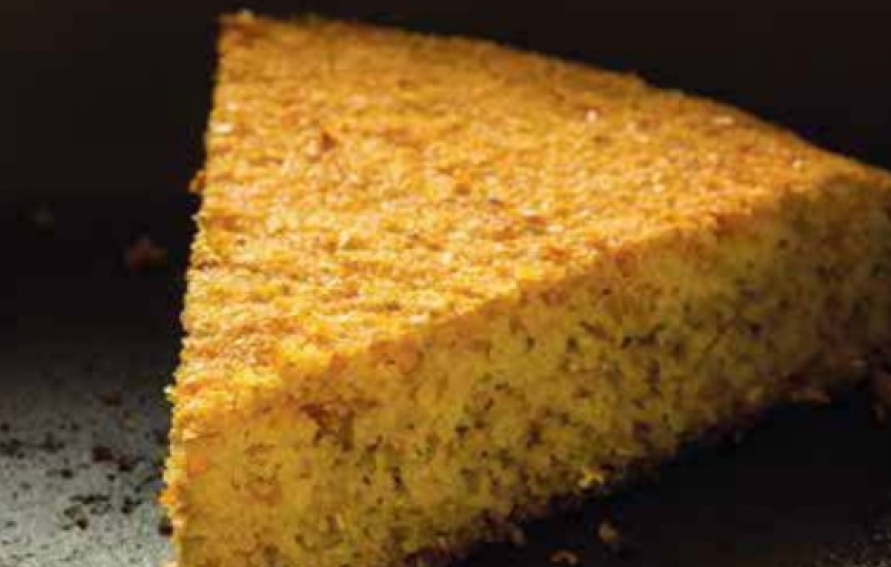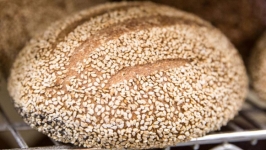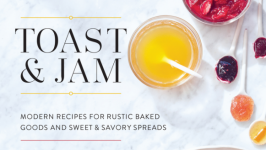Ingredients
- 2 cups cornmeal, preferably stone ground
- 1 teaspoon salt
- ½ teaspoon baking soda
- ½ teaspoon baking powder
- 1 large egg
- 1½ cups milk or buttermilk
- 4 tablespoons bacon grease or butter
About this recipe
I still make my batter by eye and based on what’s around. But my daughter mentioned to me not long ago that her cornbread had lately been coming up dry when she used my recipe strictly.
I think that’s in part because she was using a different cornmeal than the one the recipe was written for—I used to make cornbread from commercially ground fine white meal I bought at the grocery. We have access to a much larger range of cornmeal these days with artisanal stone-ground specialty meals offered online or in “country” stores. Stoneground meals retain more of the oils and flavor, so I buy them whenever I can. Their density and moisture content can affect the liquidity of the batter and hence the moistness of the finished bread. Finely ground meal will give you a smoother, more tender interior and a good crust. Good stone-ground cornmeal may be more coarsely ground, though. Some folks prefer the coarser grind for a chewier bread. I like to add extra milk if using a coarse meal to make sure it gets sufficiently tender — another ¼ to ½ cup will do.
Additionally, buttermilk viscosities vary and when I have the richest available, I find it necessary to thin with a little water to get a batter that will bake up with a tender crumb but crispy crust. You may find you need to make such small adjustments to get a bread that meets your expectations. There’s also a growing trend to cultivate older heirloom varieties, which can make both flavorful and colorful differences in your finished bread. I urge you to try any unusual meal you find. It’s hard to make a bad skillet of cornbread. Just don’t add sugar.
You can make this in other pans, but to have truly great mountain cornbread, you really need a 9- or 10-inch cast-iron skillet.
Instructions
Preheat oven to 450° F.
Mix together meal, salt, baking soda and powder in a large bowl. Break the egg into the bowl and poke it with a wooden spoon to break the yolk. Add the milk or buttermilk and stir quickly and vigorously to combine. The consistency you are looking for is denser than typical pancake batter, but still pourable. Add more milk or water if it needs to be thinned.
Put bacon grease or butter in the skillet and put in the oven to get sizzling hot, but make sure it doesn’t start to smoke. Butter will brown quickly after melting, but browned (not burned) butter can add a rich tone to the final bread as well.
Remove the skillet from the oven and carefully tilt to coat the pan bottom and the lower half of the sides, if needed. Slowly pour most of the sizzling grease into the batter, leaving a thin layer of grease in the pan. Stir quickly to incorporate, then scrape the batter into the hot skillet. Place skillet in oven and for 20 to 25 minutes, until the center is firm and edges are brown and crispy, and pulled away from edges of the pan.
If you want a more browned top, run it under the broiler for just a few seconds (keep a sharp eye on it because it can burn very easily).
Serve immediately from the pan or turned out on a plate, cut in wedges. I have learned to put butter on the table with cornbread for others, but in my family we used none as the drippings in the bread were sufficient.
Serves 6 to 8








